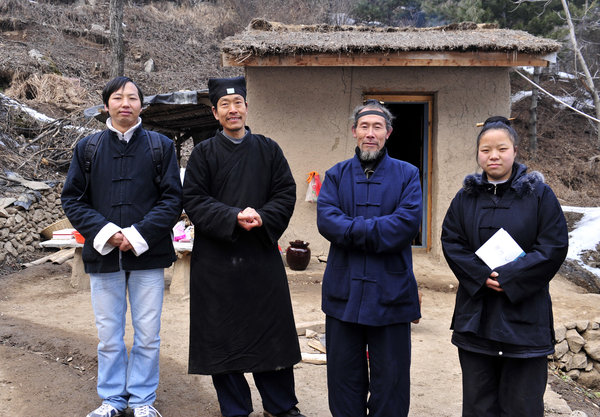An article on solitude in Jewish contemplative practice, from the blog Jewish Contemplatives. The little essay serves as a useful introduction to the topic, as in these important observations:
The two main reasons for the apparent dearth of solitary practice in Judaism are its insistent focus on communal activity and its objections to life-long celibacy. Judaism does not generally encourage physical withdrawal from society, it encourages the pursuit of justice and mercy through social action. Judaism does not encourage monastic celibacy as a way of expressing devotion, dedication, or as a spiritual technique. Instead it regards procreation (Genesis 1:28) and the education of children by the family unit (Deuteronomy 6:7) to be positive mitzvot — commandments to be observed. It also insists that communal liturgical prayer is the ideal form of Jewish worship, and it makes the presence of a minyan (ten worshipers) the condition for many full liturgical usages in order to assert this directive somewhat forcefully.
Nevertheless, if we look at the lives of Jews with a leaning towards meditation, contemplation, and meticulous religious observance we may find surprising and highly significant anomalies in the practice of religious solitude. I am not merely referring to fringe pietist groups or minority eccentrics here, but towering figures like Moses our Teacher, Elijah the prophet, Rabbi Isaac Luria the eminent kabbalist, and the Baal Shem Tov, founder of “modern” chassidism. These are not Jews on the fringe. They are the generators and exemplars of quintessential Jewish spiritual practice.
URL: http://jewishcontemplatives.blogspot.com/2012/02/solitude-in-jewish-contemplative.html

